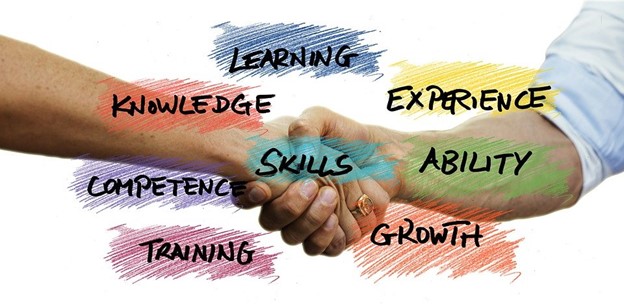The Role of Talent
Managing talent is all about attracting, engaging, developing, and retaining the top talent that matters most to your business. Our organizational alignment research found that talent accounts for 29% of the difference between high and low performing companies. Along with a clear strategy and a high performing culture, talent is one of the three pillars of a successful business. It’s all about knowing how to better leverage your workforce.
A Scarce and Precious Resource
People have become a key competitive advantage that can allow one company to dominate another. When properly assigned, supported, motivated, and rewarded, a business’ human capital is a precious resource that creates real value; it should be treated accordingly.
Making the Most of Your Organization’s Talent
What can you do to better leverage your talent? Here are three steps to ensure that you have the right people, in the right roles, at the right time, with the right mindset.
- Identify the Roles that Matter Most — Both Now and In the Future
At work, not all roles are created equal. Some roles are harder to find and fill; others have a clearer line of site to strategic priorities; and still other roles have a wider influence on those around them. In most companies, we find that 15-20% of roles are responsible for a disproportionate amount of strategic value.
Different from a hierarchical view of role value where roles are assigned value based upon title, we recommend assessing the value created and enabled by each role. That means assessing, not the people by title, but their roles according to the value they create or enable.
- Match Talent to Key Roles
Once you have identified the roles that matter most, your next step is to objectively determine the behavioral competencies required to succeed in each role — both now and in the future. This allows you to identify key talent gaps by analyzing if your existing talent has the competence and confidence to meet your expectations.
Explicitly plan for any necessary retraining, re-deploying, or hiring so that you have the talent you need when you need it.
- Update Your Talent Model
Talent management driven by strategic priorities and objective competencies is often a big change for Talent Acquisition, Succession Planning, Performance Management, Career Development, and Learning and Development. Be prepared to rethink how you find, recruit, engage, support, and develop your talent.
For example, one financial services client was struggling to hire top talent fast enough. Then COVID-19 hit and redefined their work-from-home policy. Now that employees are allowed to work anywhere, it is much easier for them to find top talent from a much wider geographic talent pool.
The Bottom Line
Companies that work to better leverage their talent achieve an advantage over the competition that is difficult to replicate. Are you doing all you can to secure that advantage for your organization?
To learn more about how to better leverage your workforce, download The 3 Research-Backed Ingredients for Talent Management Success
